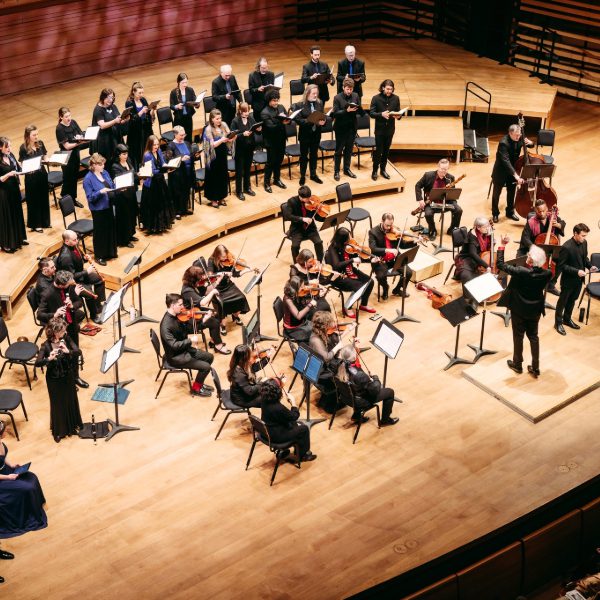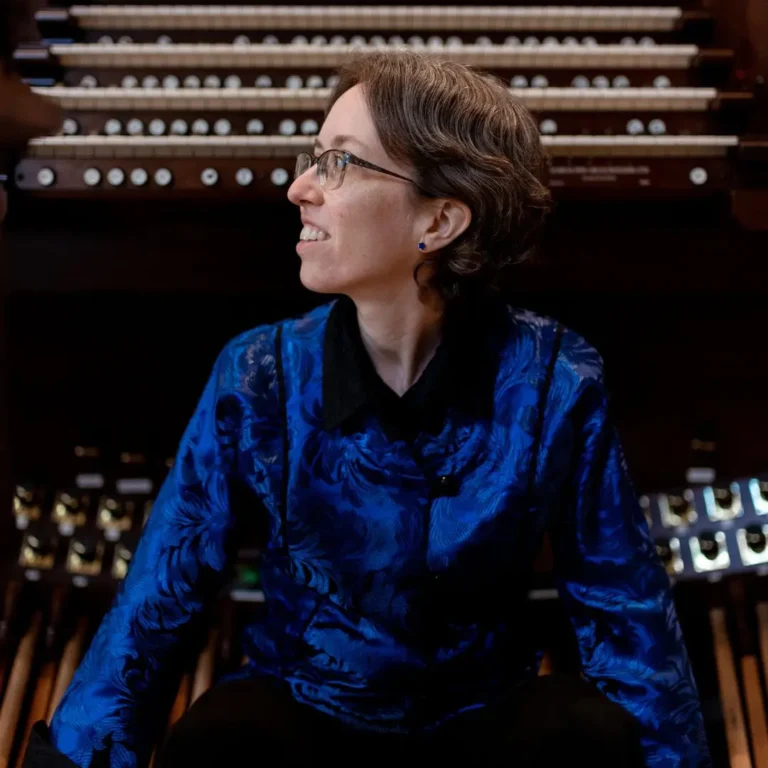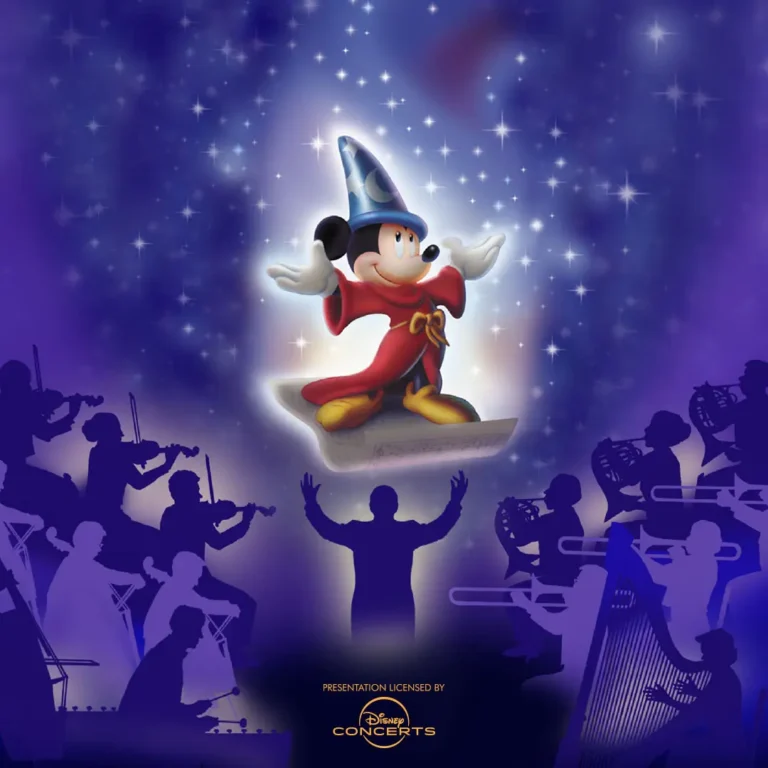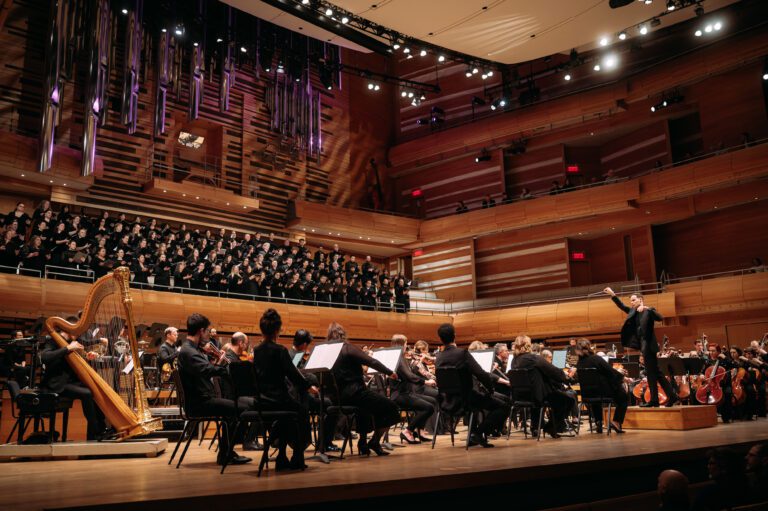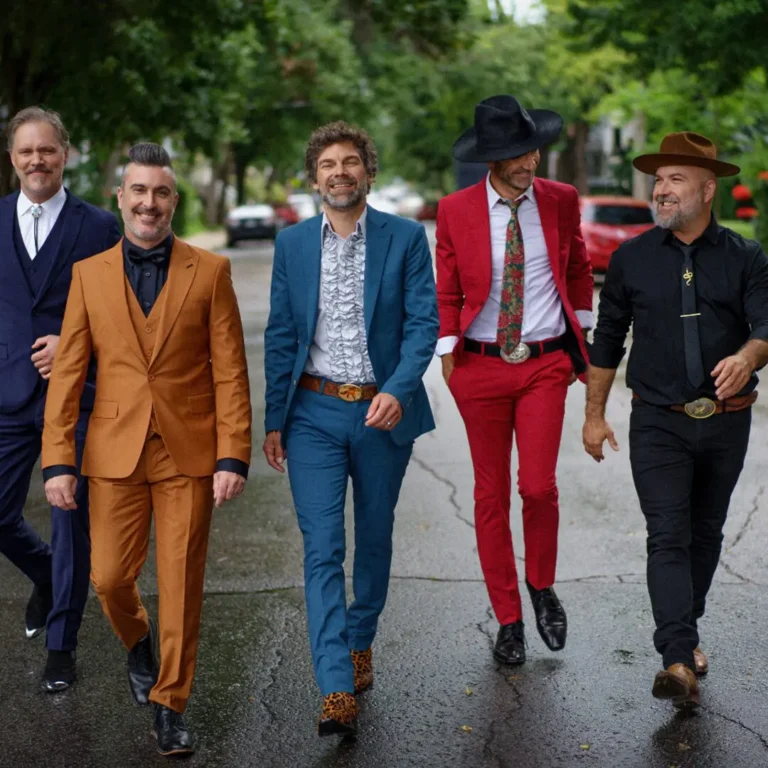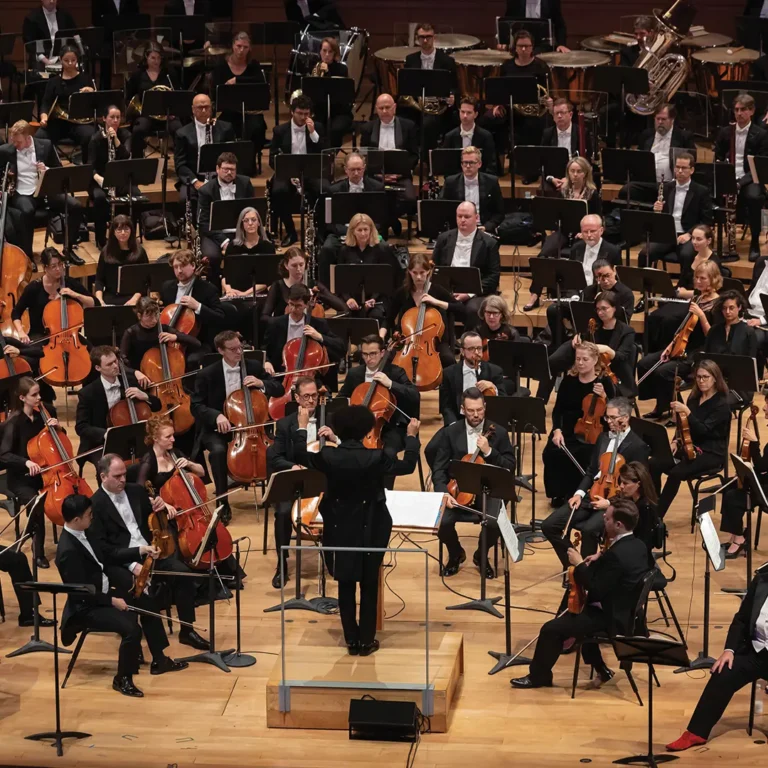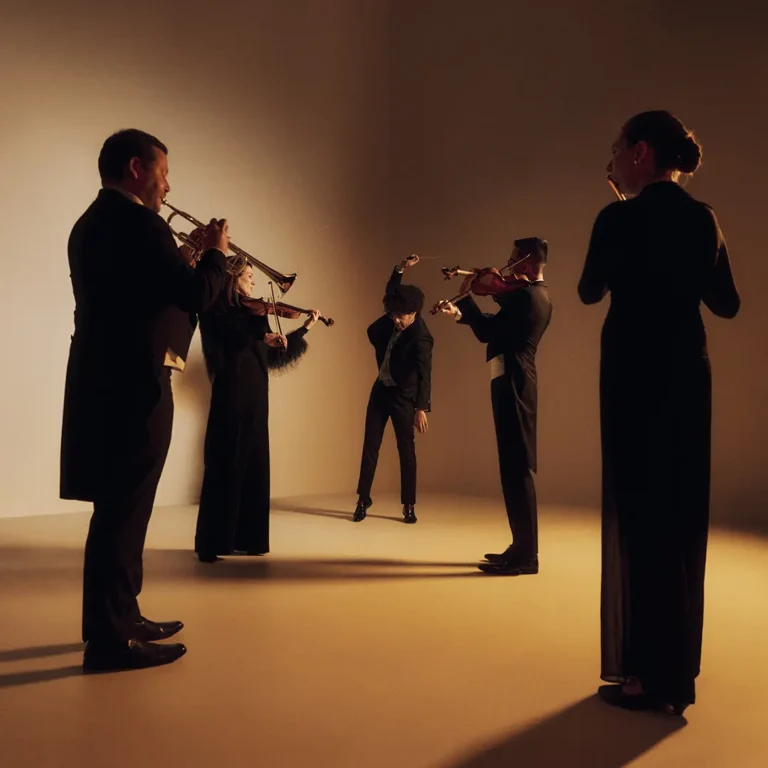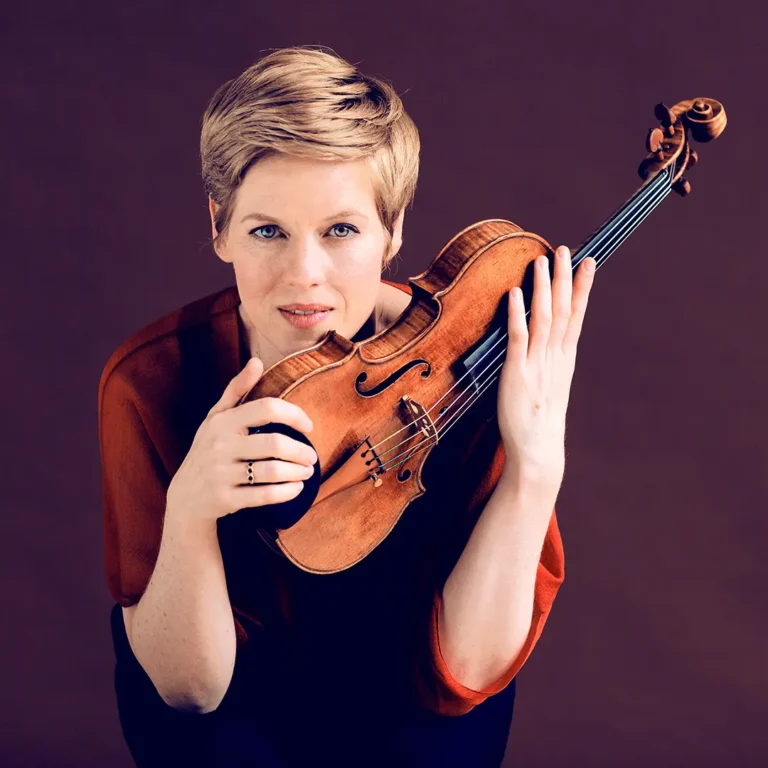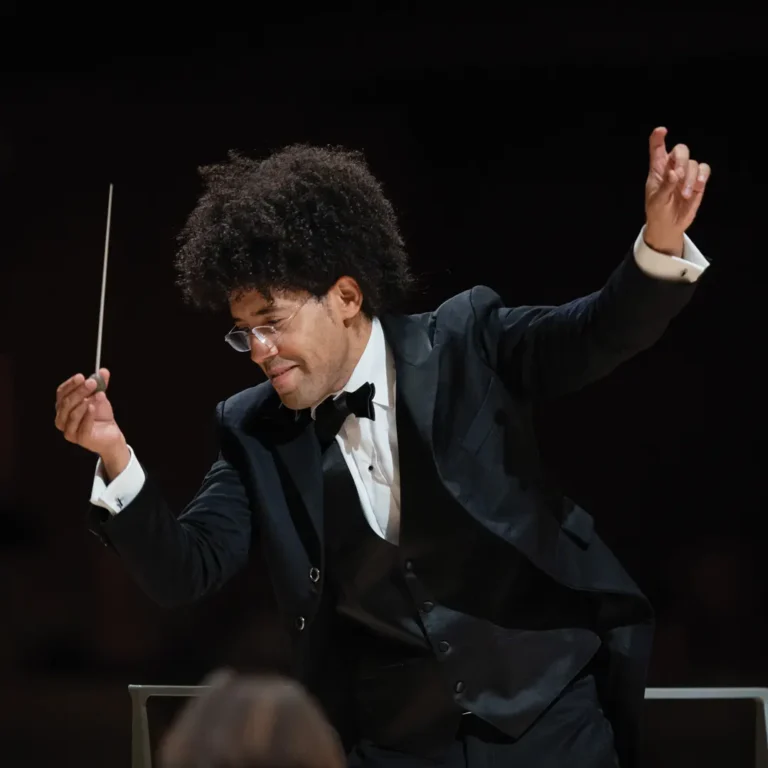Just two weeks away, Ensemble Caprice and Matthias Maute prelude the Easter celebrations with a presentation of Johann Sebastian Bach’s St. John Passion. In his opening address, Maute recounts that this work has many links, especially in the arias, with the art of opera. As he told us earlier in the interview, “The St. John Passion alternates recitative, arias and choruses to carry the story with intensity. The recitatives tell the story, the arias express the emotions of the characters, and the choruses embody the crowd, reinforcing the drama. The orchestra supports the whole with expressive writing that underlines the key moments.” The proof was shown on Friday.
In the absence of staging, characteristic of the oratorio, a narrator – in this case, the Evangelist – is needed to describe the scenes. Supporting the entire work on his shoulders, tenor Philippe Gagné rises to the challenge of interpreting this thankless but oh-so-important role. His intention to really tell a story is clear, with impeccable German diction, and he lets the textual phrases dictate his interpretation, rather than following the score, placing absolute trust in the continuo.
The other discovery of the evening was chorister-soloist William Kraushaar – whose composition had captivated us at the last Caprice concert – in the role of Jesus. Not only is his voice clear, but God, it carries! We’re already looking forward to hearing him as a soloist next season. Countertenor Nicholas Burns and soprano Janelle Lucyk deliver their arias with great emotion. Burns is very moving in duet with the mournful viola da gamba in Es ist vollbracht (“All is finished”). As for Lucyk, her voice is somewhat restrained, but blends well with the flutes in the aria Ich folge dir gleichfalls (“I follow you”). These two soloists not only deliver their arias with musicality, but also with a spellbinding, moving stage presence.
The chorus is very well prepared, and the dry articulations given to it fit well with the role it occupies, that of the plebeian ordering and cheering the action of the biblical tale. The best example is the track “Kreuzige” (Cruxify it!), where the short, accented articulations are incisive.
At the very end of the work, there was something solemn about seeing the soloists (except for John the Evangelist) join the chorus in a dancing Rut Wohl, and the final chorale, in accompaniment, thanksgiving and celebration of Christ’s life.
Photo: Tam Lan Truong
